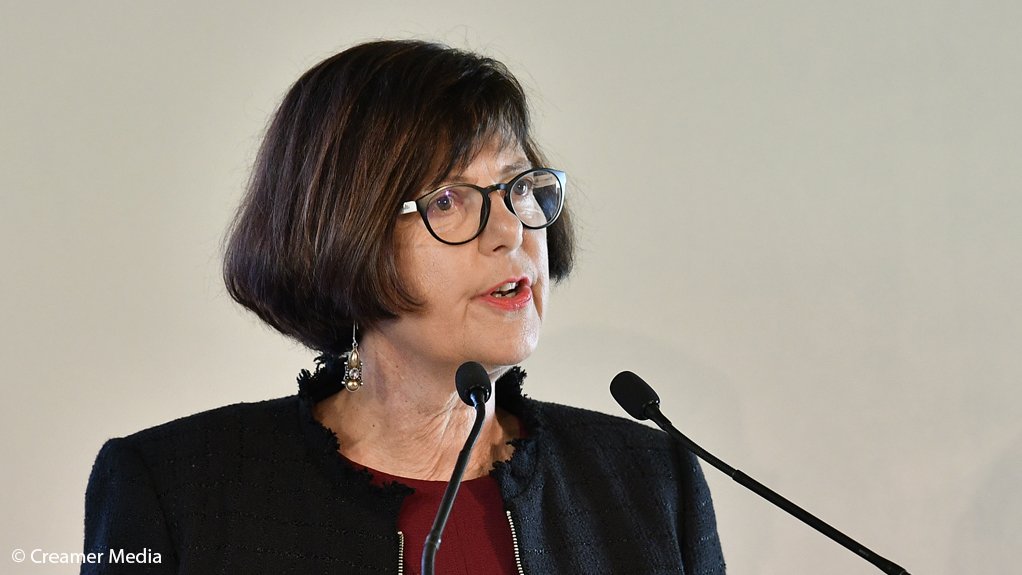Forestry, Fisheries and the Environment Minister Barbara Creecy reported on Tuesday that South Africa’s revised Nationally Determined Contribution (NDC), which is to be deposited with the United Nations Framework Convention on Climate Change later this year, is close to being finalised and will be presented to lawmakers “very soon”.
In a briefing of the Portfolio Committee on Environment, Forestry and Fisheries, on the country’s preparations ahead of the COP26 climate negotiations scheduled for Glasgow, Scotland, in early November, Creecy reported that her department was in the process of synthesising the comments received during the public comment period, including those made by the Presidential Climate Commission (PCC).
In its submission, the PCC recommended that South Africa make an improved carbon-reduction commitment in its updated NDC and also confirm a long-term target of achieving net-zero carbon emissions by 2050.
Specifically, the PCC proposed that South Africa’s target range for 2030 should be lowered to between 350- and 420-million tons carbon dioxide equivalent (Mt CO2-eq), against the draft NDC’s proposal of an emissions range of 398 Mt CO2-eq to 440 Mt CO2-eq.
Creecy stressed that, while NDC pledges were not legally binding, South Africa had every intention of complying and would, thus, not simply “thumb-suck a number” but would ensure it was backed by research confirming that it could indeed be implemented.
She warned, however, that besides South Africa’s moral obligation to contribute to reducing greenhouse gas emissions, there was also a growing economic urgency to place the country on a lower-carbon trajectory.
Doing nothing would pose “significant risks” in a context where there was growing pressure on all countries, including developing countries, to cut emissions, including the prospect of the imposition, by the European Union, of a Carbon Border Adjustment Mechanism.
“Even if, in the World Trade Organisation, developing countries fight against the implementation of these carbon border tariffs, consumer demand is also driving this issue . . . so, even if there are no formal carbon tariff barriers, our economy is vulnerable to what we call the transition risk, which is that our goods and services will no longer be competitive, as consumers demand to know the carbon footprint of different goods and services.”
For this reason, Creecy argued that South Africa had an economic interest in contributing to the reduction of greenhouse gas emissions.
She also stressed that pursuing carbon reductions could create opportunities for South Africa, including to raise concessional finance to support Eskom’s proposed just energy transition, which would seek to repower and repurpose decommissioned power stations and, in the process, provide employment and business opportunities for coal workers and communities.
However, South Africa’s improved NDC offer would be combined with a negotiation stance that will seek to extract commitments from developed countries on both climate finance and adaptation.
Creecy bemoaned the fact that rich countries had not been honouring their $100-billion-a-year in climate financing and said that the figure would have to be significantly increased to meet the adaptation investment needs of a continent such as Africa.
She again argued that yearly climate finance contributions for rich countries in the form of grants, concessional loans and blended-finance instruments would need to be increased to about $750-billion by 2030 to support developing countries in building up climate resiliency and to enable them to contribute to mitigation.
EMAIL THIS ARTICLE SAVE THIS ARTICLE ARTICLE ENQUIRY
To subscribe email subscriptions@creamermedia.co.za or click here
To advertise email advertising@creamermedia.co.za or click here











